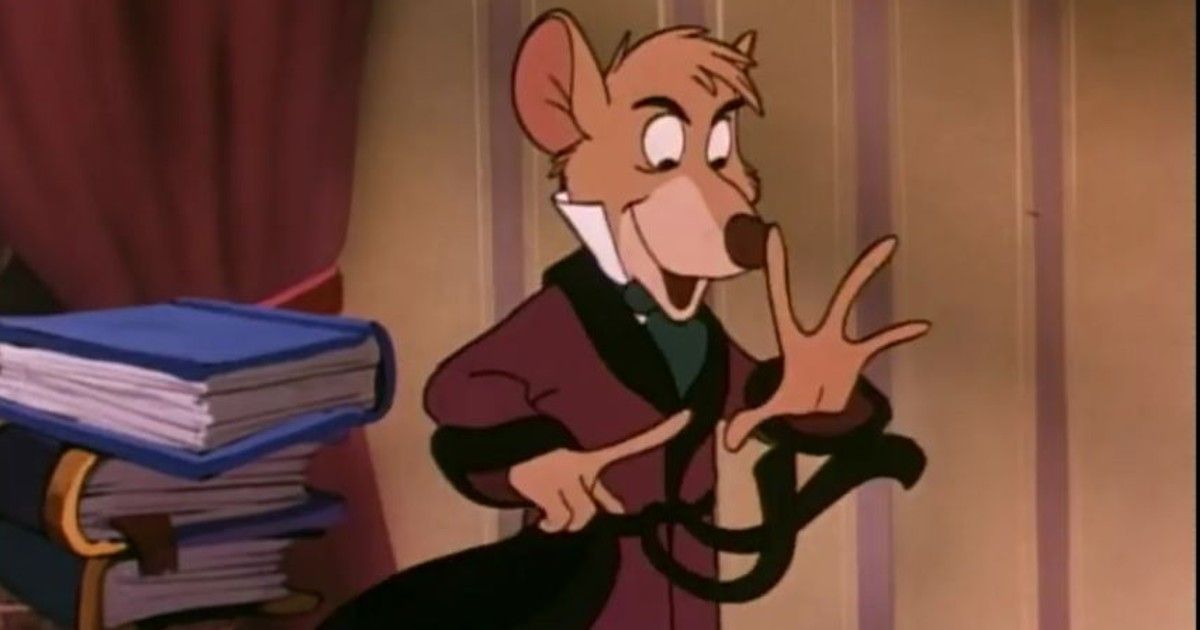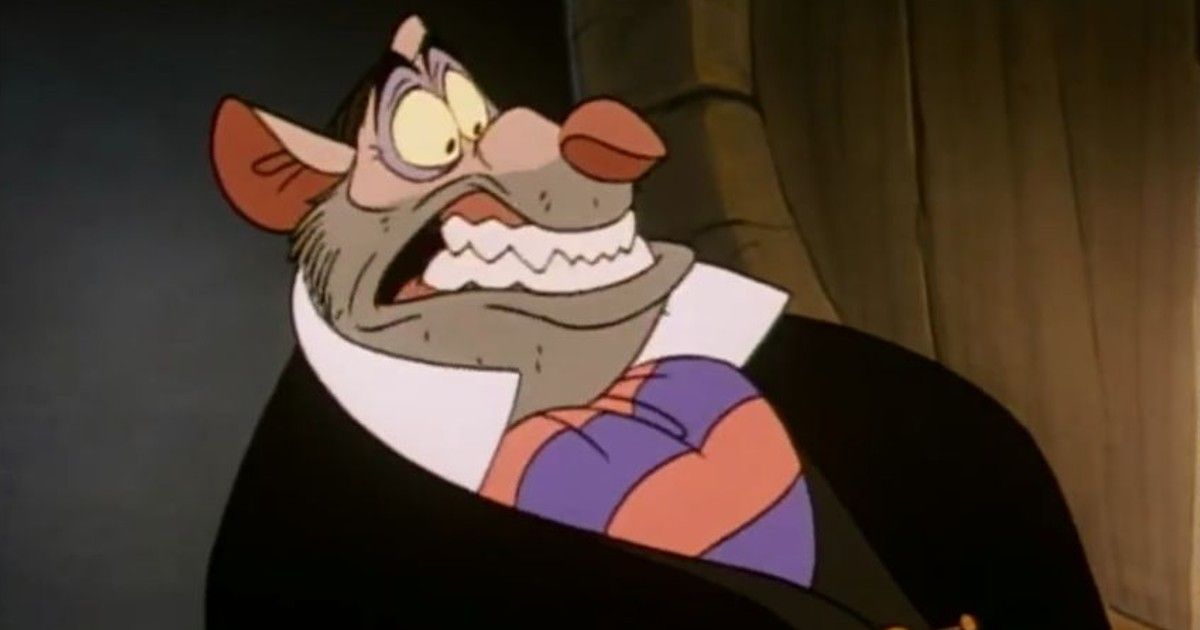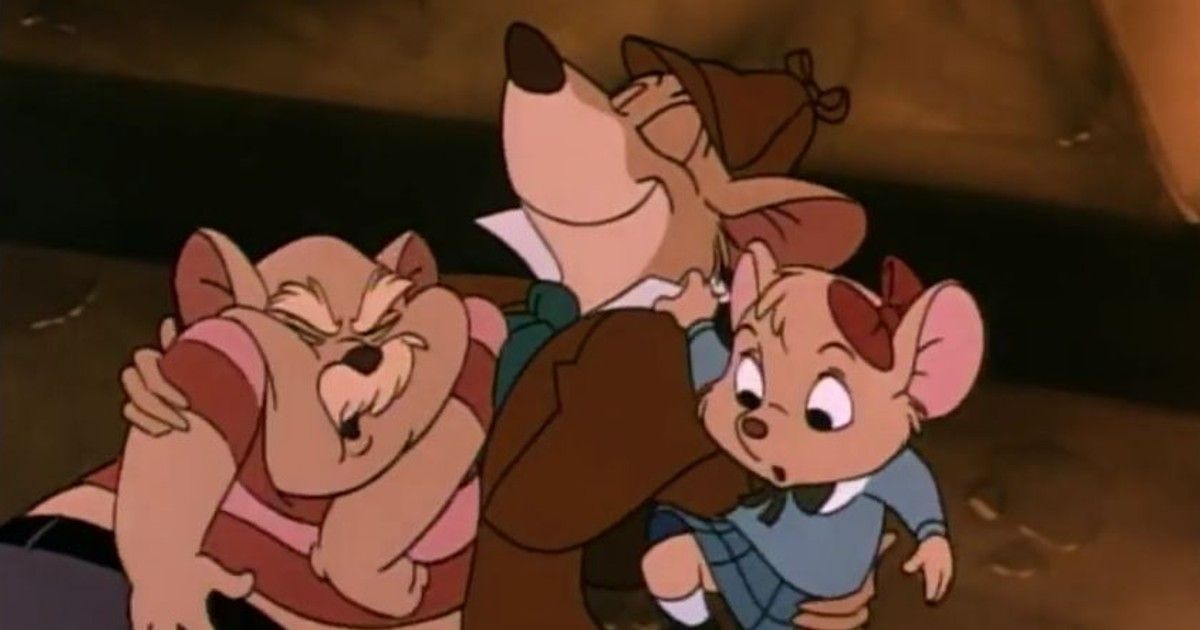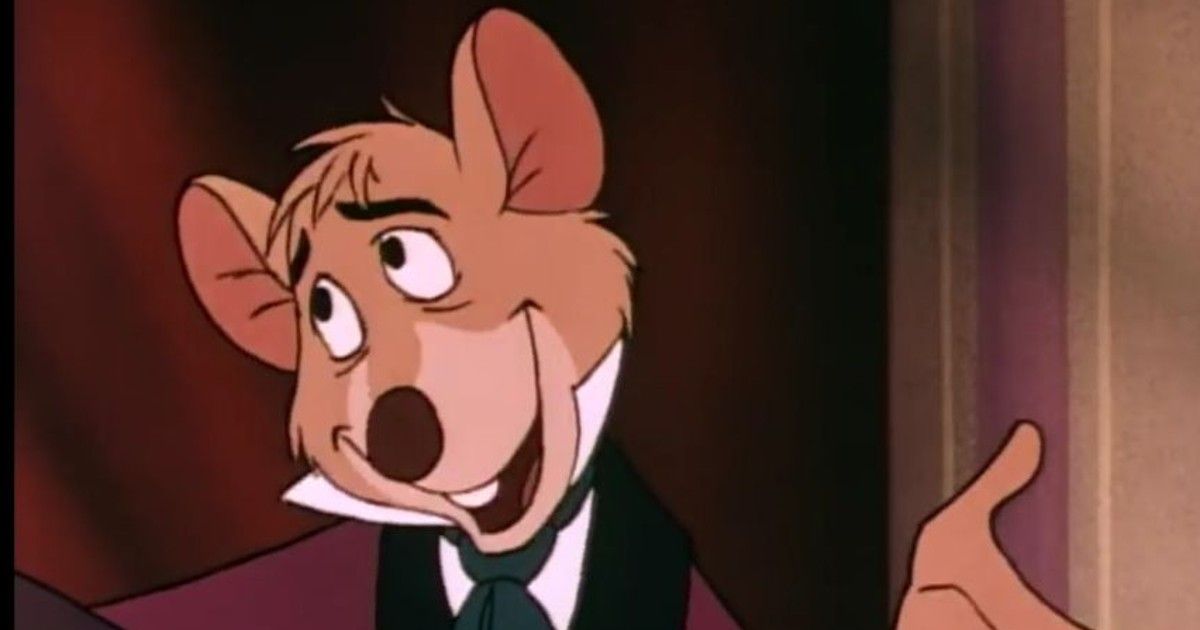Disney was founded in 1923 under the name Disney Brothers Cartoon Studio, which was later changed to Walt Disney Studio in 1926. This wasn’t the only name change; in 1929, there was another renaming to Walt Disney Productions. Over the next few years, the company entered feature animation production and underwent significant corporate restructuring. This led to another name change, The Walt Disney Company, referring to the parent company and Walt Disney Feature Animation, representing the animation studio.
This was primarily done to separate the studio from other company departments. In 2007, the studio’s name was changed to Walt Disney Animation Studios (WDAS) after Disney acquired Pixar, the name it holds to date. Though Disney is currently viewed as an international media conglomerate, believe it or not, there was a particular point in history when the studio’s feature animation almost went under.
How Disney (The Animation Studio) Almost Died
In the first years after inception, Disney was dedicated to producing short films, including Alice Comedies and Oswald the Lucky Rabbit. It wasn’t until 1934 that Disney made plans to make his first animated feature film, and perhaps where significant problems started. Snow White and the Seven Dwarfs was the first featured film, which was a success. However, Disney used the profits from Snow White to build a larger company, add staff and green-light other animated feature films.
Two of the green-lit featured movies, Pinocchio (1940) and Fantasia (1940), were a flop, leading to the company going into debt the following year. Disney was forced to look for new income sources and make changes to survive. The company stopped producing features and returned to short films. When that didn’t work, it stopped producing short films and returned features; basically, what seemed to keep the company in operation and got a great reception from critics and audiences at that point. Walt Disney started focusing on new undertakings like live-action movies, television, and the Disneyland theme park, which led to movie development and release delays.
Despite staying afloat and having multiple successful films, Disney made a loss in the fiscal year 1960, leading to a massive layoff. Walt Disney then died in 1966, and his brother, Roy O. Disney, followed in 1971, leaving the company in the hands of Esmond Card Walker and Donn B. Tatum. New animators, including Don Bluth, replaced the retiring team but left after feeling stagnation in animation development at Disney. They started Don Bluth Productions, which became Disney’s competitor in the 80s.
In the following years, Disney fired most of the remaining new animators for acting against the company's wishes, but the worst was still coming. In 1985, the company released The Black Cauldron, spending around $44 million. The film became a box office bomb, grossing $21 million, which put Disney’s future at risk.
How The Great Mouse Detective Saved Disney
After making the massive loss from The Black Cauldron, several hostile corporate takeover attempts were made, but Roy E. Disney launched a campaign to save the company. Michael Eisner was brought in as the new CEO, and Frank Wells as the new president. Since the company had already started focussing on live-action production, television, and theme parks, Eisner deliberated ending Disney’s feature animation department to outsource future animation.
Roy E. Disney intervened and was made Chairman of the feature animation department by Eisner. Roy E. Disney then made Peter Schneider the president of animation to manage the day-to-day operations. In 1985, the animation division was moved to various warehouses and hangers, where The Great Mouse Detective was made and debuted in 1986, grossing approximately $50 million worldwide against a $14 million budget.
This reassured the new Disney management and gave them confidence in the feasibility of their animation department. If The Great Mouse Detective had followed its predecessor’s steps, the chances are high that Eisner would have ended Disney’s feature animation department. Luckily, Roy E. Disney was present to advocate for it.
This then led to “Disney Renaissance”, the period where feature animation returned to developing and producing successful animated films, including but not limited to The Little Mermaid (1989), The Rescuers Down Under (1990), Beauty and the Beast (1991), and Aladdin (1992).
What Happens in The Great Mouse Detective?
Directed and produced by Ron Clements, Burny Mattinson, John Musker, and Dave Michener, The Great Mouse Detective is based on the children’s book series Basil of Baker Street written by Eve Titus and illustrated by Paul Galdone.
It tells the story of the famous Great Mouse Detective Basil of Baker Street (Barrie Ingham), who is on a mission to catch the criminal mastermind, Professor Ratigan (Vincent Price). Basil draws heavily on Sherlock Holmes, the fictional detective coined by Arthur Conan Doyle.
The idea of creating him was first floated during the production of The Rescuers (1977). It was pitched to Miller in 1982, and he approved it as an alternative project because some animators didn’t like the direction The Black Cauldron was taking.




